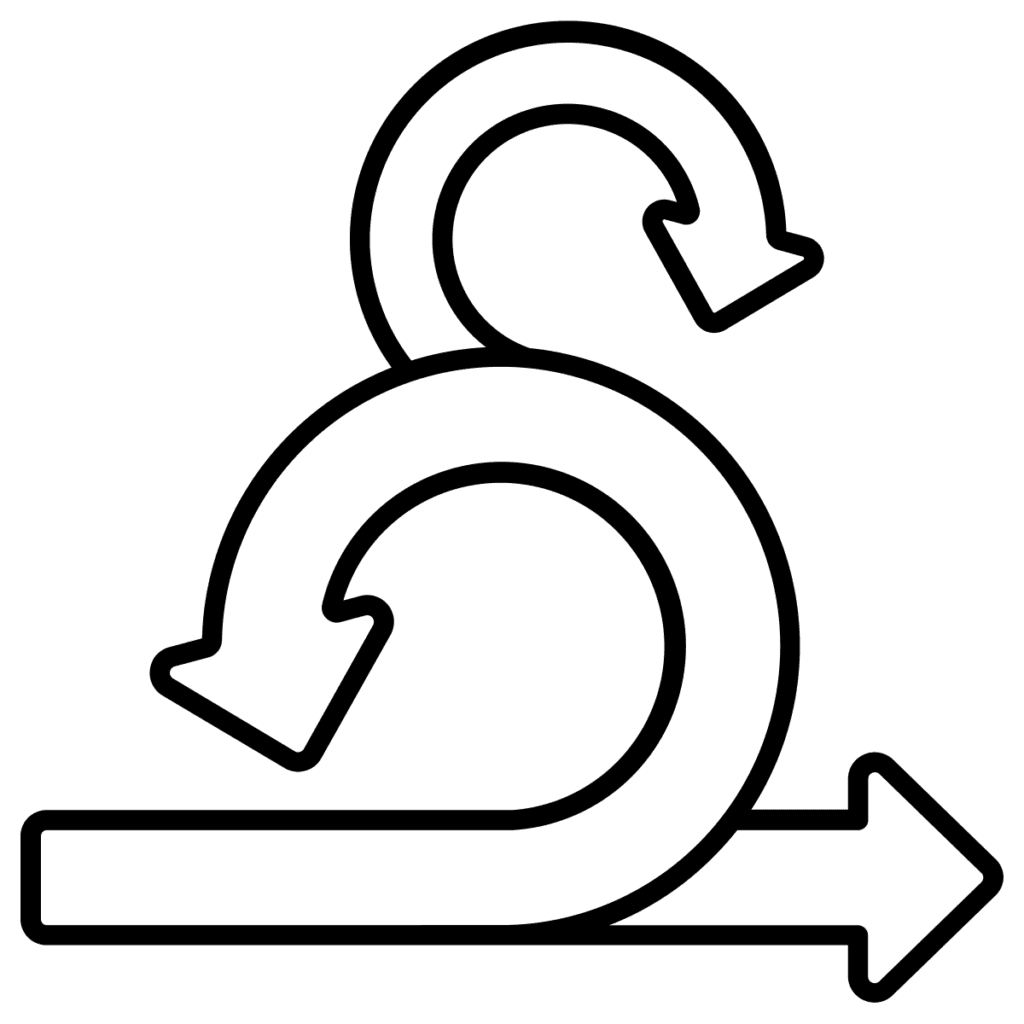Coaching skills

Effective Scrum Master coaching involves developing others through questioning, listening, observation, and feedback rather than providing direct solutions. Coaching skills include active listening, powerful questioning, goal setting, accountability, and supporting self-discovery. These capabilities help teams and individuals grow, solve problems independently, and build confidence. Coaching requires patience, empathy, and commitment to others’ development.
Conflict Management

Effective conflict management transforms disagreements into opportunities for improvement and innovation. Scrum Masters facilitate resolution through active listening, mediation, and collaborative problem-solving. Healthy conflict focuses on ideas rather than personalities, encouraging diverse perspectives whilst maintaining team cohesion. Resolution techniques include one-on-one discussions, team retrospectives, and establishing clear communication protocols and decision-making processes.
Leadership development

Leadership development in Scrum contexts involves building servant leadership capabilities, emotional intelligence, and change management skills. This includes developing coaching abilities, facilitation skills, and organisational influence. Effective leaders create supportive environments, remove obstacles, and empower teams whilst maintaining strategic alignment. Development requires experience, mentoring, feedback, and continuous learning through practice and reflection.
Communication patterns

Effective communication patterns in Scrum emphasise transparency, regular feedback, and collaborative dialogue. Key patterns include face-to-face conversations, information radiators, structured ceremonies, and informal interactions. Teams establish communication norms, utilise appropriate tools, and create safe spaces for honest discussion. Strong communication reduces misunderstandings, builds trust, and enables effective coordination across all Scrum roles.
Team motivation

Team motivation stems from autonomy, mastery, and purpose alignment. Scrum naturally supports motivation through self-organisation, skill development opportunities, and clear product vision connection. Additional motivators include recognition, growth opportunities, psychological safety, and meaningful work. Leaders maintain motivation through regular feedback, removing obstacles, celebrating successes, and ensuring team members feel valued and empowered.
Self-organization in practice

Self-organisation in practice involves teams making decisions about work methods, task distribution, and problem-solving approaches whilst maintaining accountability for results. Successful implementation requires clear boundaries, appropriate skills, psychological safety, and gradual empowerment. Teams develop self-organisation through experience, reflection, and continuous improvement whilst maintaining alignment with organisational goals and Scrum principles.
Multi-team coordination

Multi-team coordination ensures alignment and integration across multiple Scrum teams working on related products or features. Techniques include Scrum of Scrums, shared Product Owners, integration Sprints, and regular inter-team communication. Effective coordination maintains team autonomy whilst ensuring coherent product delivery, managing dependencies, and preventing integration conflicts through planning and communication.
Large-scale Scrum approaches

Large-scale Scrum approaches like SAFe, LeSS, and Nexus address challenges of scaling Scrum across multiple teams and complex organisations. These frameworks provide structures for coordination, alignment, and integration whilst preserving Scrum’s core principles. Implementation requires careful adaptation to organisational context, strong leadership support, and gradual transformation. Success depends on maintaining agility whilst managing complexity.
Distributed teams

Distributed Scrum teams span multiple locations, requiring adapted practices for effective collaboration. Success factors include overlapping working hours, reliable communication tools, cultural awareness, and modified ceremonies. Challenges include time zone coordination, reduced informal interaction, and communication barriers. Effective distributed teams establish clear protocols, invest in relationship building, and leverage technology for seamless collaboration.
Program and portfolio management

Scrum at program and portfolio levels involves coordinating multiple teams and products towards strategic objectives. This includes prioritising initiatives, allocating resources, managing dependencies, and measuring progress against business goals. Agile program management maintains flexibility whilst ensuring strategic alignment, requiring adapted governance, reporting, and decision-making processes that support rather than constrain team autonomy.
